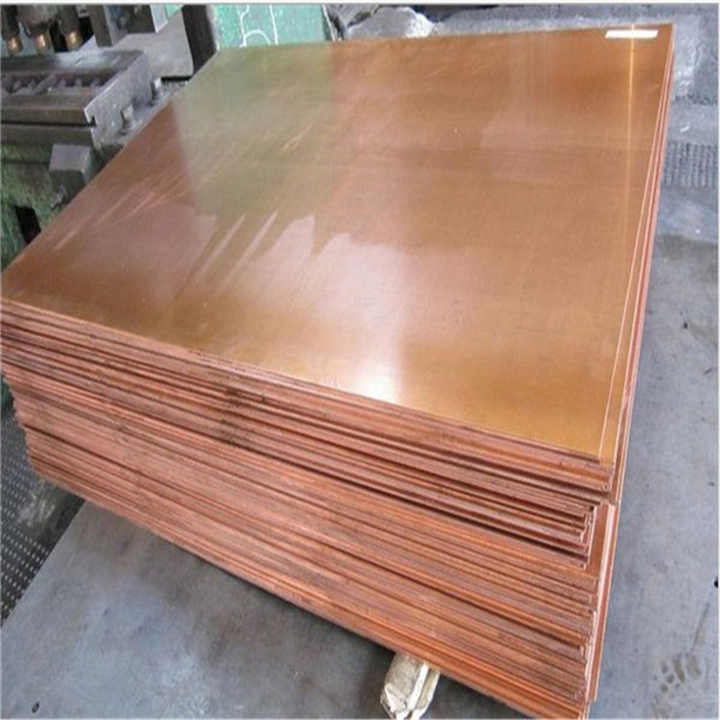Transatlantic Copper Arbitrage Surges on Tariff Speculation
Market anticipation of US import tariffs on copper has led to a significant price divergence between CME and London Metal Exchange (LME) copper contracts, with the CME premium exceeding $1,000 per metric ton.
Given LME three-month copper’s current trading level of approximately $9,400 per ton, the market appears to be pricing in at least a 10% tariff. If the Trump administration enacts tariffs similar to the 25% duties on aluminum and steel, the CME premium could rise further.
Unlike aluminum, where the CME’s Midwest premium contract reflects international LME pricing, CME copper contracts are based on customs-cleared US domestic delivery. This structure makes the CME premium a tradable measure of potential tariffs on US copper imports, which currently account for 45% of domestic consumption, according to the US Geological Survey (USGS).
Impact on Copper Supply Chains and Global Trade
In 2024, the US imported over 800,000 tons of refined copper, nearly matching its domestic production of 850,000 tons. The widening arbitrage suggests a disrupted supply chain, especially for Mexico and Canada, which face potential 25% tariffs on copper products under Trump's broader trade policies.
US manufacturers rely on Mexican production of copper wiring harnesses and electric motors, with 220,000 tons of contained copper moving annually in this trade. Tariffs could push this supply chain toward lower-cost Asian producers, affecting both US and Mexican automotive sectors.
Canada and Mexico are also major copper scrap suppliers to US processors. Tariffs could divert scrap flows to China, impacting domestic secondary copper production.
Despite these risks, the LME copper price has climbed 7% since January, driven by expectations of increased Chinese demand. However, a US-China trade conflict could ultimately weaken global copper consumption, reinforcing further price divergence between CME and LME.


